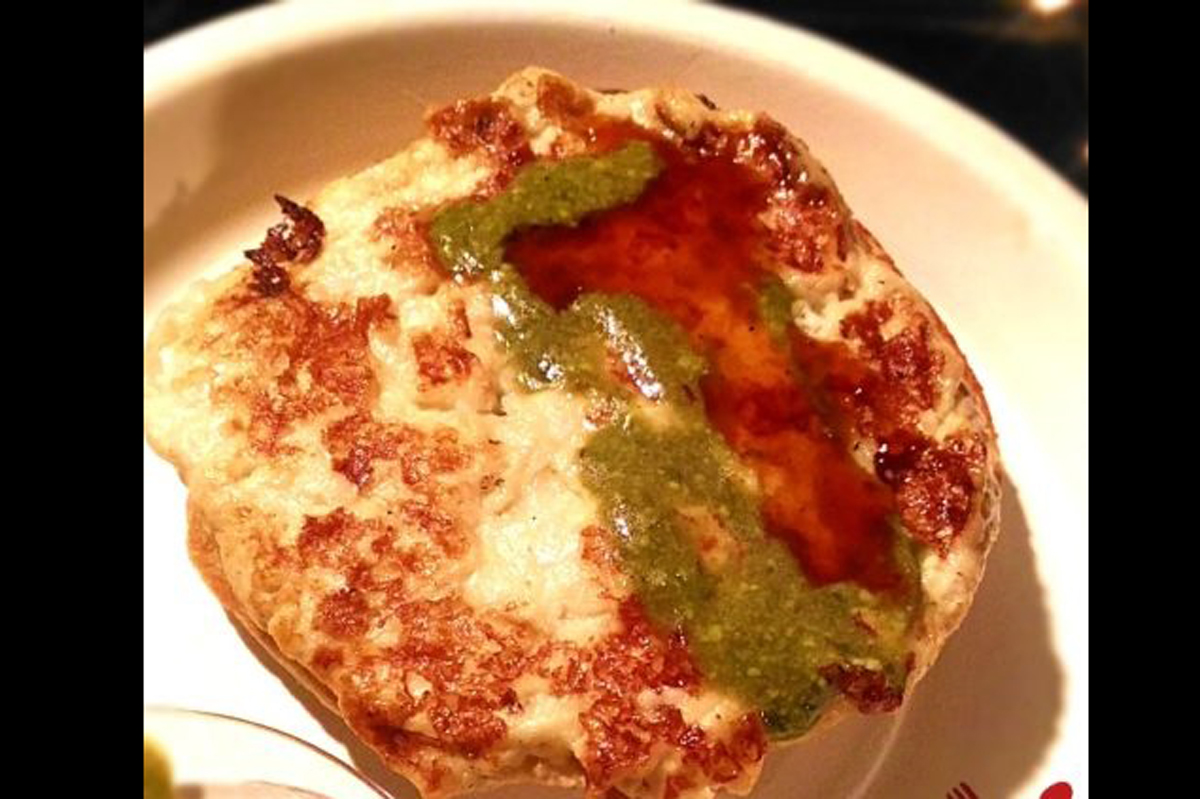Sohiela Sharma
Growing up in a state now a union territory, with such rich culture and traditions of different communities, I fell in love with the food there. Watching my grandma cook delicious local dishes and standing with my mom in the kitchen with a sulking face while she taught me how to cook, in that moment I never thought that I will be so in love with cooking someday. It was when I moved to college, I realized that the food which we eat at home or as a matter of fact in the whole Jammu and Kashmir is so different in respect to flavours and texture than the other northern states. We all know about the Dogra cuisine and the Kashmiri cuisine but there is still so much to explore.
It was my first class and my teacher was taking an introduction session, it was my turn and as soon as she heard that I am from Jammu, she told me about an amazing snack she had in Jammu made with local cheese. As I responded her with the word Kaladi, she smiled and said , yes, that’s the one.
Locally known as Kaladi, prominently found in almost whole of Jammu province, it is the speciality of Ramnagar, Chenani, and Udhampur areas. It is a popular ripened semi-soft cheese usually made from buffalo’s milk or goat’s milk and only found in the Jammu province. Kaladi is very rich in flavour and is cooked in its own fat. Generally served as Sandwhich with tamarind and mint chutney and a little salad containing onion, tomatoes, and cabbage with chili powder and salt as a burger, famously called in Jammu as “Kalai Kulcha, it is also eaten without bread. Since it is purely made from milk, it is popularly eaten as a fasting food or “falahaar” as the people call it. Also, being a very popular snack item, it is found in most of the dairy shops throughout the Jammu province.
I still remember my teacher’s words that the cheese was like local mozzarella. Well that’s true to some extent as the texture of a good quality kaladi cheese is quite similar to that of mozzarella, but the flavor is a little different. So, I wanted to try it, so just like we make kaladi at home. I took out some mozzarella cheese from my refrigerator, put that on the heated pan with some salt, pressed it a little and turned to the other side. I took it off the pan and had a bite. It was not exactly the same in flavour but the texture was almost the same. The crispy outer layer and the soft gooey center.
Kaladi has a rich fatty flavour and it melts in the mouth when eaten hot. I have grown up experiencing its wonderful melts on the pan while cooking and its attractive transformation from a milky white upper layer to crispy brown crust and that is “Kaladi” – the great attraction of my native place.
So, when I went back home during my vacations, I asked my grandma how to make kaladi at home and she taught me. Kaladi is soured milk heated on a low flame so that the milk proteins coagulate to form cheese. The mixture is then transferred to a cheese cloth to drain the excess water and then made into small balls of approximately 40 grams each. These are then dried to achieve the beautiful ripened outer layer and soft, moist center.
Since that day, I have been trying using kaladi in various dishes. Be it replacing mozzarella in pizzas or making kalari kulchas, I realized that it’s an exceptional traditional snack and nothing can replace this gem of a food.
(The author is Pursuing B.Sc Hospitality and Hotel Administration from “Delhi Institute of Hotel Management and Catering Technology”, New Delhi.)


